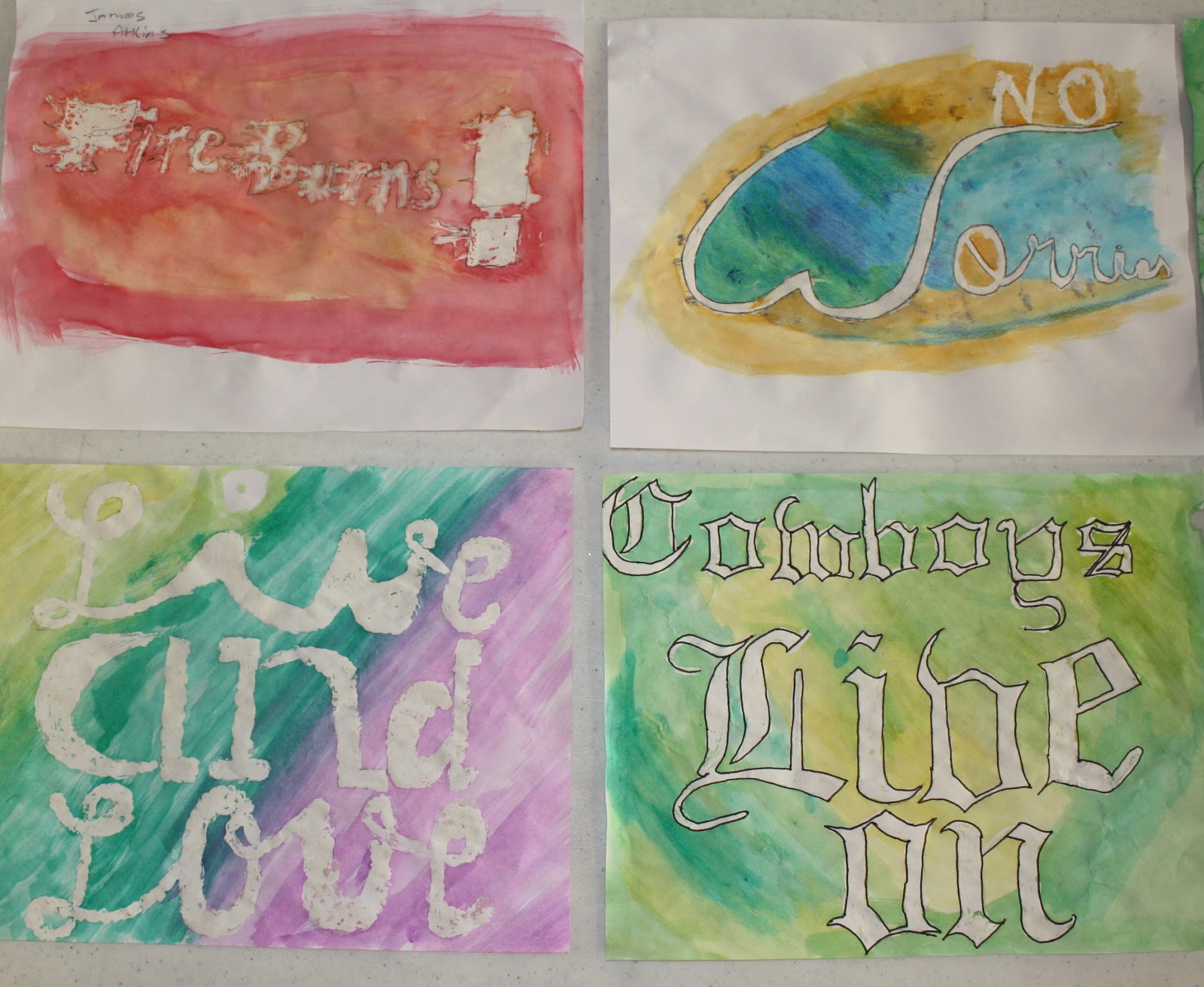How to Draw Ribbons from tanglepatterns.com Drawing a Ribbon – Technique 1 Drawing a ribbon is a bit of a parlor trick, actually. You squiggle a few lines and, like magic, you have this elegant swirling thing on your paper. Like most magic, it isn’t difficult once you discover the trick. Step 1 While drawing your ribbons be sure to think ‘S’, not ‘Z’ or ‘O’. You want nice rounded curves, not corners or circles. Step 2 Draw a second ‘S’ line, following the original curves as closely as possible. You’ll determine the thickness of your ribbon by the distance between the two lines. Try to keep the distance even for the entire length of the ribbon, but you don’t have to be exact. You can skip this step if you use two pens or pencils together (see Margaret Bremner’s write-up ) to draw your ribbon outline. If you did use two pens or pencils to draw your outline, use only one for the rest of this how-to. Step 3 Connect your ends. Giving them a little cu


